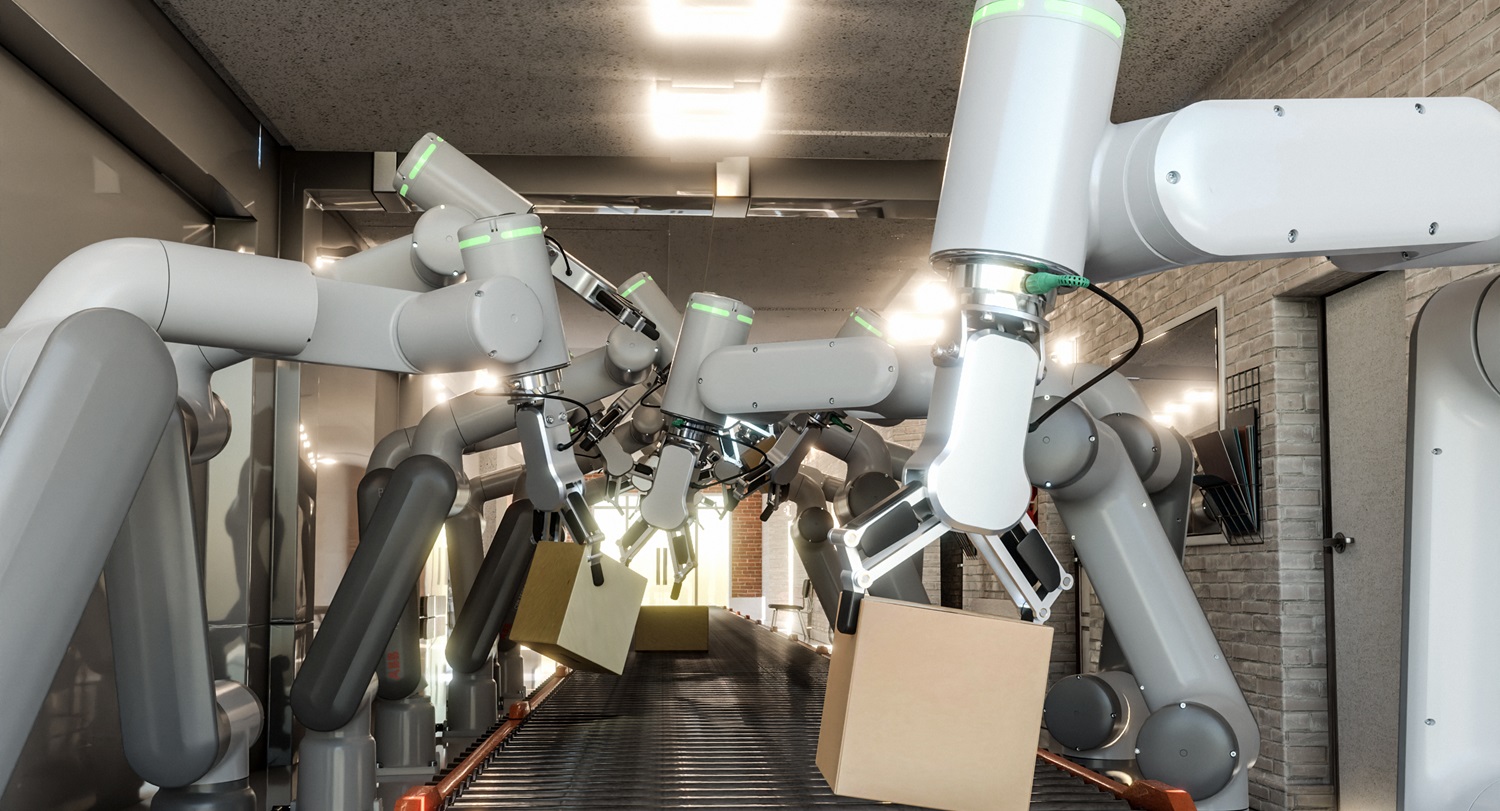
The Rise of Autonomous Machines: Exploring the World of Robotics and AI
Introduction
In an era where technology continues to redefine our world, few topics have captured as much attention and excitement as the rise of autonomous machines. This convergence of robotics and artificial intelligence (AI) is poised to revolutionize industries, transforming how we live, work, and interact with one another. In this expansive exploration of autonomous machines, we will delve into their origins, current advancements, potential impacts on society, and the challenges that lie ahead.
Origins of Autonomous Machines
The concept of self-governing devices dates back centuries, but it was not until the mid-twentieth century when pioneers like Joseph Engelberger and George Devol introduced programmable robots that could perform repetitive tasks more efficiently than human workers. Since then, researchers and engineers have been pushing boundaries, striving to create increasingly sophisticated systems capable of independent decision-making and adaptability.
Advancements in Robotics and AI
Autonomous machines are now at the forefront of technological innovation due to rapid progress in both fields. Roboticists continue to develop new materials, sensors, actuators, and control algorithms that enable machines to navigate complex environments, manipulate objects, and collaborate with humans safely and effectively. Meanwhile, AI research has led to breakthroughs in machine learning, deep learning, natural language processing, and computer vision—all critical components of intelligent systems.
Machine Learning and Deep Learning
Machine learning allows computers to learn from data without explicit programming instructions, enabling them to improve performance over time through experience. Deep learning takes this concept further by using neural networks modeled after the structure and function of the brain to recognize patterns and make predictions based on large datasets. These techniques empower autonomous machines to handle increasingly challenging tasks such as image recognition, speech understanding, and predictive maintenance.
Natural Language Processing
Natural Language Processing (NLP) allows machines to comprehend, interpret, and generate human languages. As a result, autonomous machines can communicate with people naturally, facilitating collaboration between humans and machines. NLP also plays a crucial role in developing virtual assistants, chatbots, and other conversational interfaces designed to enhance user experiences.
Computer Vision
Computer vision refers to the ability of machines to analyze visual information from images or videos. By combining advanced imaging technologies with powerful AI algorithms, autonomous machines can perceive their surroundings, identify objects, track movements, and even anticipate future events. Applications range from self-driving cars to security cameras and medical diagnostics tools.
Impactful Applications of Autonomous Machines
As autonomous machines become more prevalent across various sectors, they promise to deliver significant benefits while addressing pressing global issues. Some notable applications include: –
Manufacturing and Logistics
Robots equipped with AI capabilities can optimize production lines, reduce waste, and increase efficiency in manufacturing processes. They can also streamline logistical operations, improving delivery times and reducing costs associated with labor shortages and supply chain disruptions.
Healthcare
Autonomous machines play a vital role in healthcare settings, helping doctors diagnose diseases earlier, monitor patients remotely, and administer treatments more accurately. For example, surgical robots allow surgeons to operate with greater precision, minimizing invasiveness and recovery times for patients.
Agriculture
Smart farming solutions employ autonomous machines to automate planting, harvesting, and crop monitoring activities, increasing productivity and sustainability. Drones equipped with AI algorithms can survey crops, detect pests and diseases, and apply targeted treatments to minimize environmental impact.
Transportation
Self-driving vehicles represent one of the most promising applications of autonomous machines, offering safer, more efficient transportation options. Autonomous drones and ground vehicles can also be used for package delivery services, providing faster and greener alternatives to traditional shipping methods.
Intelligent surveillance systems powered by AI algorithms can help prevent crime, protect public spaces, and ensure safety. Autonomous drones can conduct real-time inspections, search for missing persons, and provide emergency support during natural disasters.
Challenges and Considerations
Despite the numerous advantages offered by autonomous machines, several obstacles must be overcome before realizing their full potential.
Key considerations include: –
Safety Concerns: Ensuring the safe operation of autonomous machines requires rigorous testing and validation procedures. Collaborative efforts among industry leaders, government agencies, and academic institutions are essential to establish robust standards and guidelines for designing, deploying, and regulating these systems.
Data Privacy and Cybersecurity: With the growing reliance on AI algorithms, protecting sensitive personal and corporate data becomes paramount. Developing secure and privacy-preserving architectures for autonomous machines is crucial to maintaining trust and confidence in emerging technologies.
Ethical Implications: Autonomous machines raise profound ethical questions about responsibility, accountability, and fairness. To address these concerns, policymakers, technologists, and social scientists should engage in open dialogue and develop frameworks that promote responsible use cases and mitigate potential harms.
Workforce Transition: The widespread adoption of autonomous machines may lead to job displacement and skill obsolescence. It is imperative to invest in retraining programs and upskilling initiatives to prepare workers for the changing landscape of employment opportunities.
Conclusion
The rise of autonomous machines represents a paradigm shift in the way we approach problem-solving, innovation, and societal development. While there remain many challenges to overcome, the potential benefits of integrating AI and robotics into everyday life are too great to ignore. Embracing this transformation will require collective effort, innovative thinking, and a commitment to ensuring that autonomous machines serve humanity responsibly and equitably. With careful planning and strategic investment, we can harness the power of autonomous machines to build a better tomorrow.

